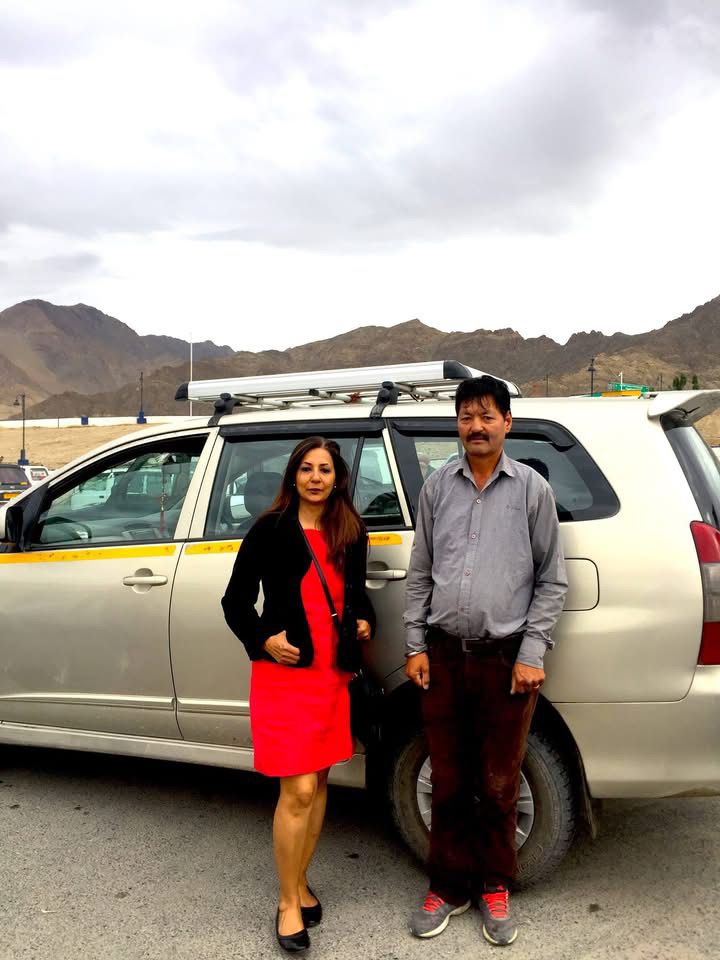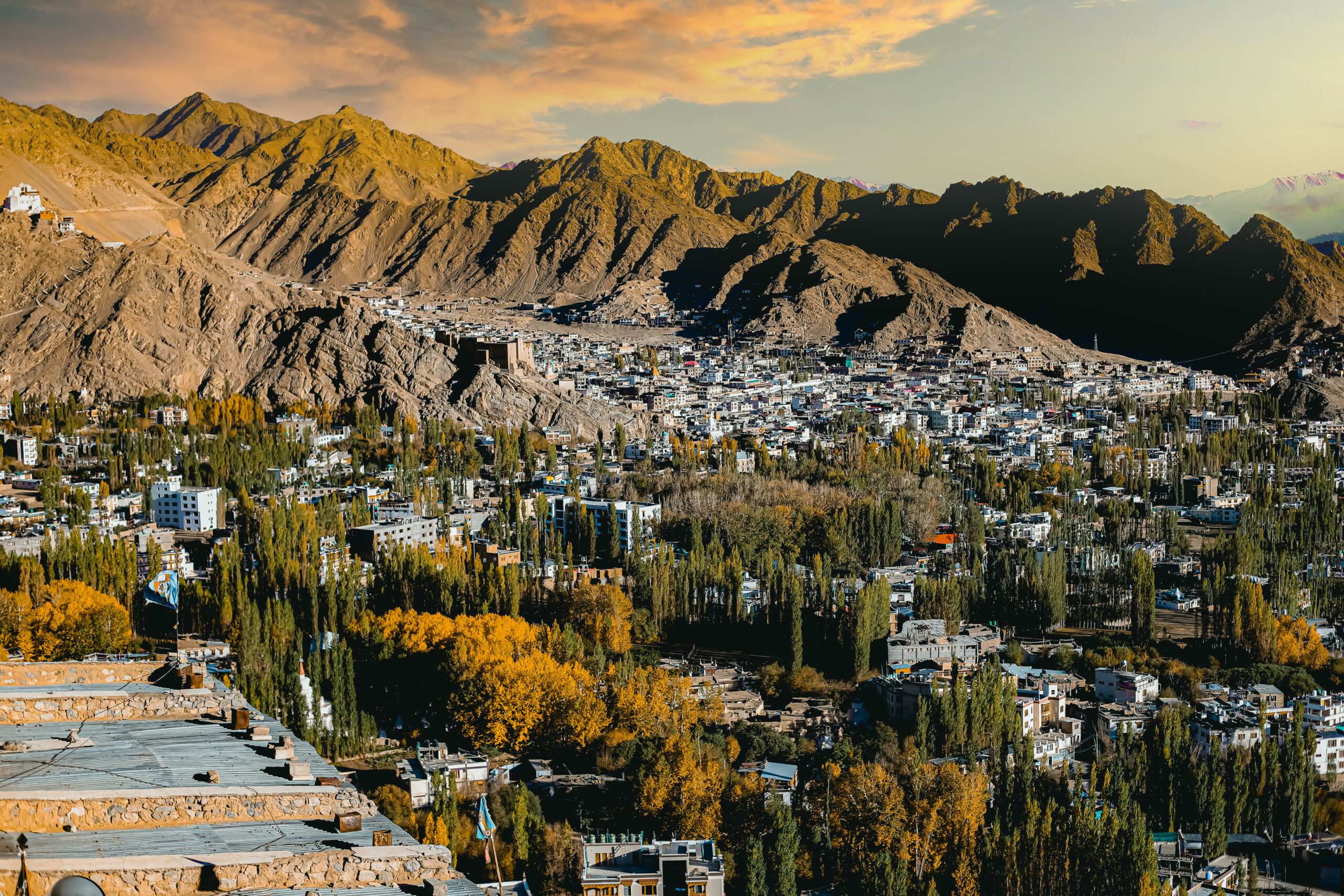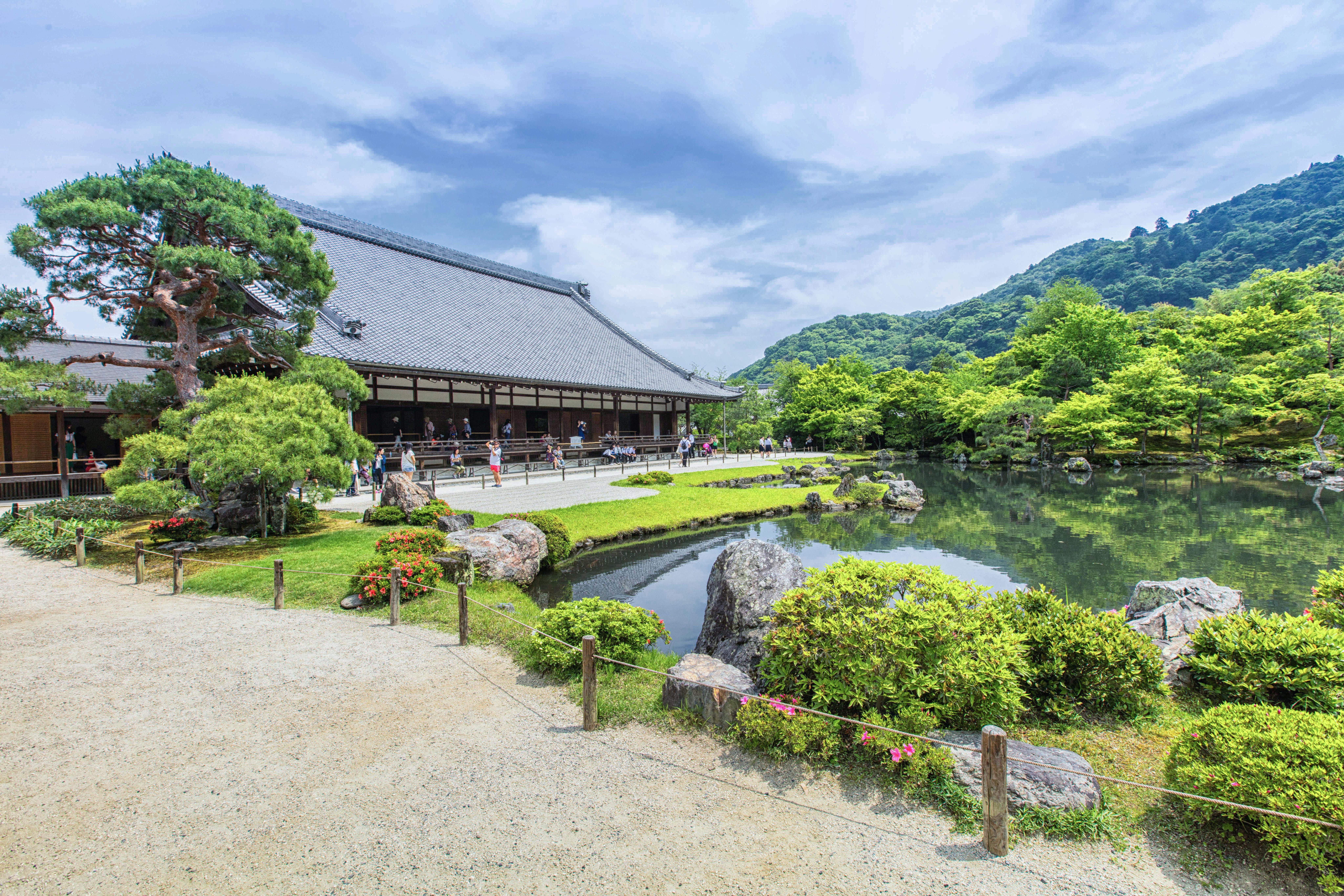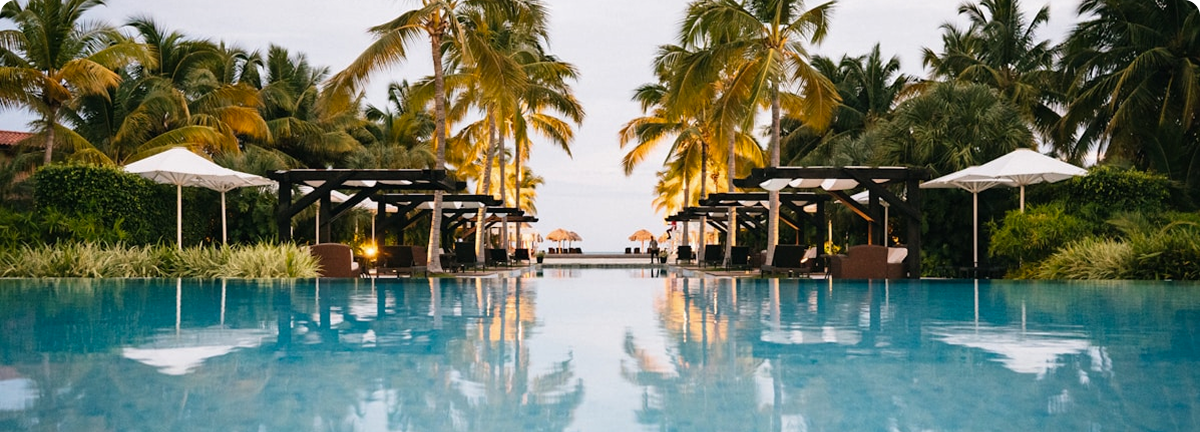SANGDUP
The highest mountains have a way of making you feel small. But sometimes, it’s the people who live among them who truly teach you humility.
I met Sangdup on a crisp morning in Leh. He stood outside the Kushok Bakula Rimpochee Airport, beside his well-maintained Innova car, hands folded in a respectful namaste. This unassuming man would be our driver for a week in Ladakh, that magnificent high-altitude desert nestled between the Karakoram and Himalayan ranges. Little did I know he would also become my unexpected teacher.
Ladakh itself is a land of extremes. At elevations above 11,000 feet, the region is sometimes called ‘Little Tibet for its Buddhist monasteries perched on impossible cliffs and prayer flags fluttering against stark blue skies.
The landscape shifts dramatically from brown moonscapes to sudden patches of green oasis villages. Rivers carved from ancient glaciers cut through valleys while snow-capped peaks stand sentinel above. It’s breathtaking — both literally and figuratively.
The Ladakhi people mirror their homeland: resilient, adaptable, and surprisingly warm despite the harsh environment they inhabit. Most are Buddhist, though the region holds a fascinating mix of traditions including some Muslim communities, especially near Kargil. They’ve evolved ingenious systems for everything from agriculture to architecture, all designed to thrive in a place where winter temperatures can plunge to minus 30°C.
Sangdup navigated this extreme terrain with the casual ease of someone driving through a suburban neighbourhood. As we wound our way up the dizzying roads to Khardung La pass (marketed as the world’s highest motorable road at 18,380 feet), he casually mentioned his previous career. “Before tourist driving, I drove a truck. Big truck. Twenty-five years on these roads.”
His simple statement opened a floodgate of stories that unfolded throughout our journey. Before chauffeuring wide-eyed tourists like us, Sangdup had piloted massive supply trucks carrying equipment for India’s telecommunications company BSNL, the Border Roads Organization, and sometimes the Indian Army. He knew every treacherous turn of the region’s barely-there roads, having navigated them long before they were paved.
During the 1999 Kargil War, when enemy forces infiltrated across the Line of Control, Sangdup and other local drivers became unexpected participants in India’s defence. Their knowledge of the terrain proved invaluable. “We drove non-stop, many days,” he said, eyes fixed on the road as we passed a memorial to fallen soldiers. “No sleep, no lights at night.”
He described driving ammunition-laden trucks up mountain passes with no headlights to avoid detection. The matter-of-fact way he shared this harrowing experience totally free of self-aggrandizement, spoke volumes about his character.

The Author with Sangdup
‘It was Sangdup’s actions, not his words, that taught me the most. At a road construction site, he handed over his last and only water bottle to the labourers repairing the road, men whose difficult work made our journey possible’
“India’s victory is my victory too,” he said with quiet pride. “I was happy to help.”
Between such profound revelations, Sangdup proved to be a fountain of knowledge about his homeland. As we drove through the surreal landscapes of Nubra Valley with its sand dunes and double-humped Bactrian camels, he explained how this strange desert existed at 10,000 feet. In the green village of Turtuk, so close to Pakistan you could almost touch he pointed out the unique irrigation channels that brought glacial water to apricot orchards.
At Pangong Tso, that stunning blue lake straddling the India-China border, he shared local legends about the changing colours of the water. Near ancient monasteries like Thiksey and Hemis, he explained Buddhist principles with the clarity of someone who lived them rather than just studied them.
But it was Sangdup’s actions, not his words, that taught me the most. At a road construction site, he handed over his last and only water bottle to the labourers repairing the road, men whose difficult work made our journey possible. When a tourist van got stuck at a tight turn, he spent twenty minutes helping them navigate through. Stray dogs along our route recognized his car; he regularly fed them leftovers from his lunch. Novice army truck drivers always got the easy passes from him; he always had something soft to say about them.
“All living things connected,” he shrugged when I commented on his kindness. “Simple thing to help.”
Despite witnessing the rapid changes tourism has brought to his homeland — some good, many concerning — Sangdup never complained. When I asked if he missed the quieter Ladakh of his youth, he offered a perspective that has stayed with me.
“Change is nature of all things. Fighting change brings suffering. Better to guide change good way.” Buddhism distilled into a traffic metaphor.
His contentment was a stark contrast to the constant striving I was accustomed to.
Here was a man who had literally helped defend his country, who worked tirelessly, who possessed knowledge that could fill books, and he carried it all with the lightness of those prayer flags dancing in the mountain breeze.
On our final day, as we descended toward Leh through the Indus Valley, Sangdup stopped at a viewpoint. The late afternoon light bathed the mountains in gold, the river below a silver-&-turquoise thread connecting ancient villages. “Best view,” he said simply. “Good for remembering Ladakh.”
But when I remember Ladakh, it is not just the majestic desolation of its mountains or the brilliant blue of its skies that comes to mind. It is Sangdup’s gentle smile in the rearview mirror as he guided us safely through one of the world’s most challenging terrains








